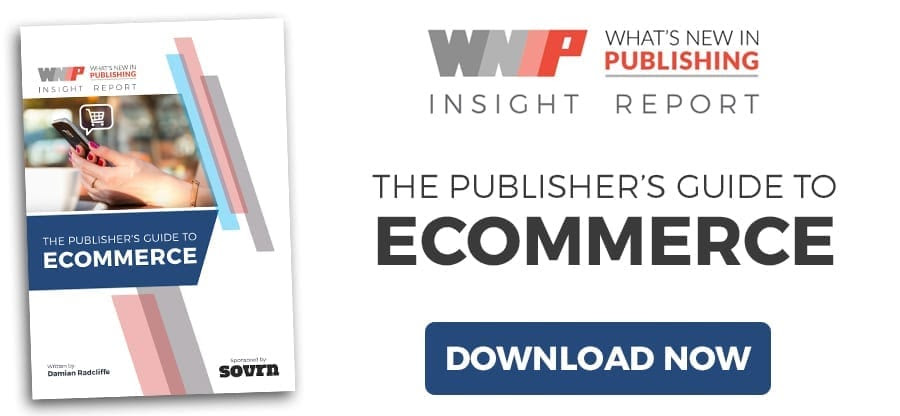|
Getting your Trinity Audio player ready...
|
How publishers can benefit from embedded eCommerce, magazines still have a future, and more…
“New secret weapon in the monetization battle”
About a year ago, BuzzFeed CEO Jonah Peretti outlined in a memo a “longstanding problem in the media”: Publishers’ attribution problem.
Peretti and others in the industry have long been trying to figure out a solution to the issue where publishers “provide the inspiration to buy a new product, go on a vacation, or watch a new show–but don’t capture much of the economic value created.”
This grey cloud may finally have a silver lining. FIPP recently published a report that explores embedded commerce and how publishers can benefit from it. In this iteration of eCommerce, readers can buy products directly from a publisher’s website instead of getting forwarded to an external shopping vendor.
Not only that, publishers actually have an edge against commerce sites, because “they have organic traffic returning to their sites and many are returning several times a week.”
It’s certainly worth investigating further.

“New secret weapon in the monetization battle”: How publishers can benefit from embedded eCommerce
Even before the pandemic struck, consumers were increasingly shopping from the comfort on their couches. As the pandemic recedes, many of those online shoppers will remain, giving publishers a whole new audience to aim for.

Magazines still have a future. But it’s very different from their past.
Given the horrendous trading conditions, to see 113 new products come on to the newsstands shows that the magazine business is still very much alive.

From user behaviour to news consumption, to the approach adopted by social media platforms, this pandemic has set significant precedents.

Journalism’s financial free fall: Impact of COVID-19
COVID-19 is a generation-defining global crisis. But how does it affect those upon whom we depend for critical, balanced and accurate information?


How can publishers drive subscription revenue growth and become a subscriber-first business?
With an increased demand for news and entertainment, with people spending more time at home, it’s subscription revenue that’s delivering the lion’s share of income for many publishers.

The new media surveillance wars of 2021
Things are taking a turn, and the surveillance players are beginning to eat each other. Of course, we’re talking about the current and growing war between Apple and Facebook.

Media subscriptions predictions and the “end of history” mistake
Why so many predictions about the future of media are consistently wrong.

The old news business model is broken: Making Google and Facebook pay won’t save journalism
The code is unlikely to do much to fix the crisis faced by journalism in the internet age. It isn’t even a band-aid on the problem..

The media bubble and the looming content demand crunch
Rather than trying to grab new groups of consumers coming online, publishers probably need to keep a closer eye on the competition – and retaining hard-fought relations with new audiences even as these rediscover the great outdoors.
Google Adsense link ads are going away this March: What publishers need to know
Before Google’s Adsense link ads go away for good, you might want to know more about why they’re leaving and what you can do without them.
Mr. Magazine Samir Husni on why magazines are new media
Dr. Husni, founder and director of the Magazine Innovation Center at the University of Mississippi’s School of Journalism and New Media, tells us why magazines are the ultimate new media.
Meet Clubhouse, the voice-only social media app setting the internet abuzz
There’s a new kid on the social media block, and it is making big waves. It is less than a year old, yet is already valued at US$1 billion, and has venture capitalists scrambling to invest.
See the rest of this week’s stories at whatsnewinpublishing.com



